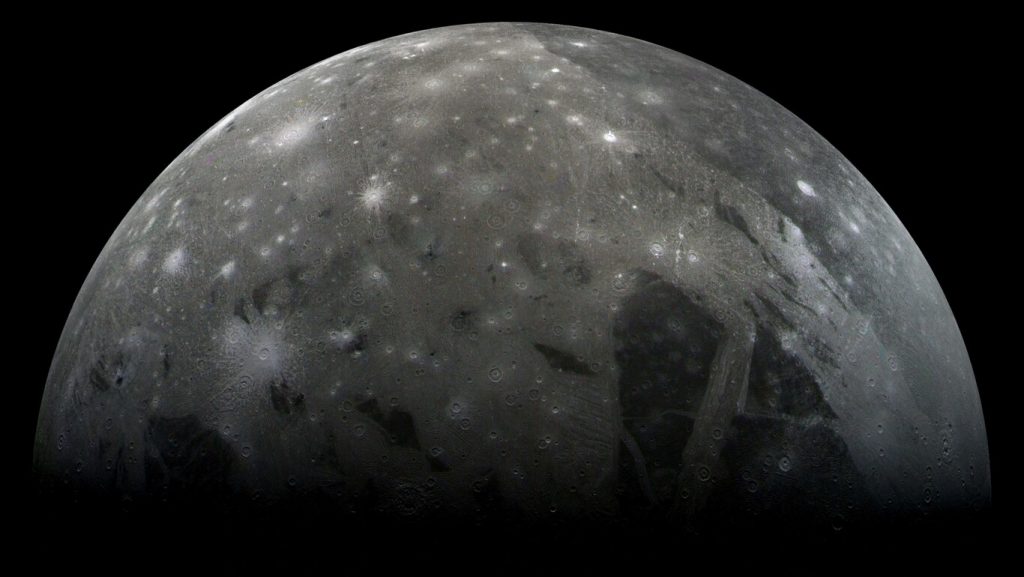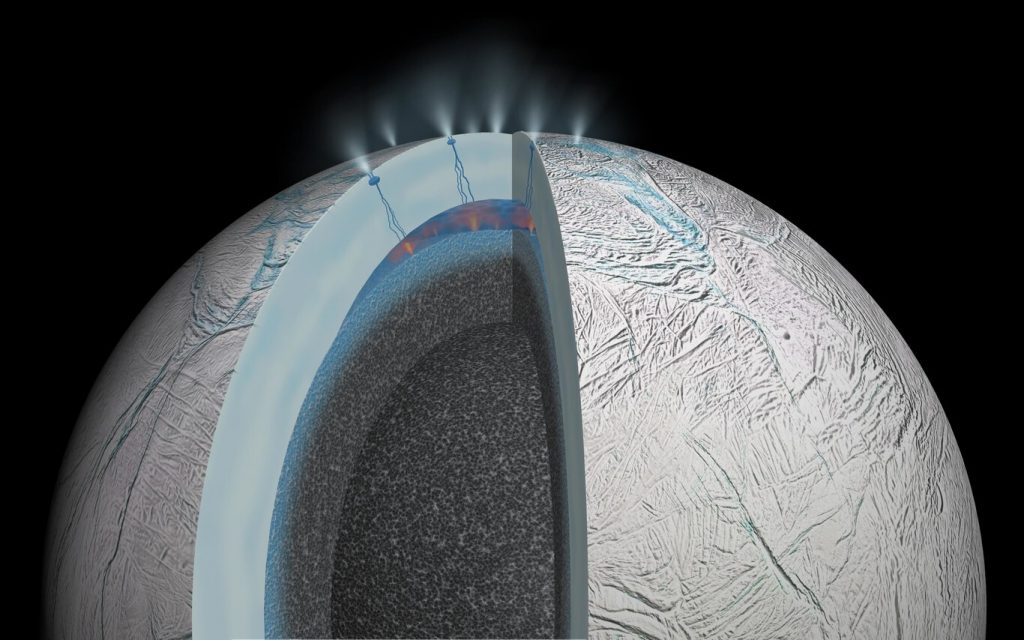
Generally when we think of planets with liquid water we think of Earth, it is the planet of the solar system that houses that essential component for life as we know it. However, beyond the Earth there is also liquid water in the Solar System , or at least that is what the space investigations carried out have given us to understand. The problem? It is well hidden.
Pacific, Atlantic, Indian, Arctic and Antarctic. Those are the five oceans and large bodies of water that we learn as children in school because they are the oceans that comprise the Earth. Since we are at an ideal distance from the Sun, the water manages to remain in a liquid state without evaporating or freezing. But you only have to go to Mars to find liquid water under its surface, as we have seen in recent days. What’s more, here on Earth we have strange things like the underground Lake Vostok in Antarctica. So, it is time to review which places we know or believe to have found liquid water in our Solar System.
Pluto, on the edge of the Solar System

We start from the edge of the Solar System, from the farthest object for which we have evidence of liquid water. The dwarf planet Pluto is believed to host groundwater . This is believed due to data sent to us by the New Horizons probe, the one that has best studied Pluto since its flyby in 2015.
The idea is that originally the planet could have liquid water on its surface when the temperatures after its formation were still high enough. With time and the reduction in temperature, the planet could have frozen, although there could still be liquid water inside.
Enceladus, moon of Saturn

One of the many moons of Saturn, Enceladus is one of the most active stars in the Solar System . This is largely due to its frozen surface reflecting almost all the light from the Sun. Cassini, passing near Enceladus in 2005, was able to observe geysers on the satellite’s surface. The icy surface also features fractures called tiger stripes, where water often escapes.
According to NASA, Enceladus has a subsurface ocean that could be covering practically the entire satellite . This body of water could have a depth of between 8 to 10 kilometers. As a kind of layer that covers the nucleus and is covered by the frozen surface. The activity and composition of its nucleus is what manages to maintain temperatures high enough for the water to remain liquid.
Europa and Ganymede, moons of Jupiter
Europa, Jupiter’s most promising moon , is believed to have warm water beneath its icy surface. Due to the outside that Jupiter’s gravity performs on the moon, the water manages to stay in a liquid state, because the moon itself is too far from the Sun to be heated by it.
It was in 2011 when Hubble detected a series of geysers emerging from its surface , sufficient evidence for NASA. These geysers, as in Enceladus, show that there is liquid water below the surface that comes out under pressure whenever it can. Geysers in Europa are particularly tall, according to Hubble data reaching up to 200 kilometers high. On the other hand, its tectonic activity is also relevant, which is believed to be due precisely to the liquid that is under its surface layer.
Ganymede, Jupiter’s largest moon, also appears to contain liquid water inside. In this case NASA believes there is liquid water from a series of tectonic movements that were discovered in 2015, evidence that there could be an underground ocean there as well. Based on data collected, this mass of liquid water could have a depth of about 100 kilometers, 10 times more than the Earth’s oceans.
Ceres, in the asteroid belt of Solar System

We leave the gaseous planets and their moons to reach the asteroid belt. In this belt the most important star of all is the dwarf planet Ceres. Ceres like Pluto is believed to harbor liquid water because it was present when it formed and the temperatures were higher. Due to its salinity, it could prevent this water from freezing and very bright reflections have often been observed on its surface and near the Occator crater.
Mars, as a neighboring planet

We end up with our neighboring planet, Mars. Several probes we have sent there have scanned the surface of Mars with radar for evidence of liquid water. And they have found them, in 2018 NASA announced the presence of water in a large lake at the south pole of the planet. Due to the geothermal activity inside the planet and the protection offered by the surface, it is believed that the water remains liquid inside. In addition, it could have much more salinity, thus lowering the freezing point of the 0 degrees Celsius at which fresh water freezes.
This week we have also seen how new data from ESA have confirmed the discovery of the lake in 2018 and added three more around it. In the case of Mars, because of its relative closeness to us, we can study it better in the future and even someday, who knows, get to it and see it in person.